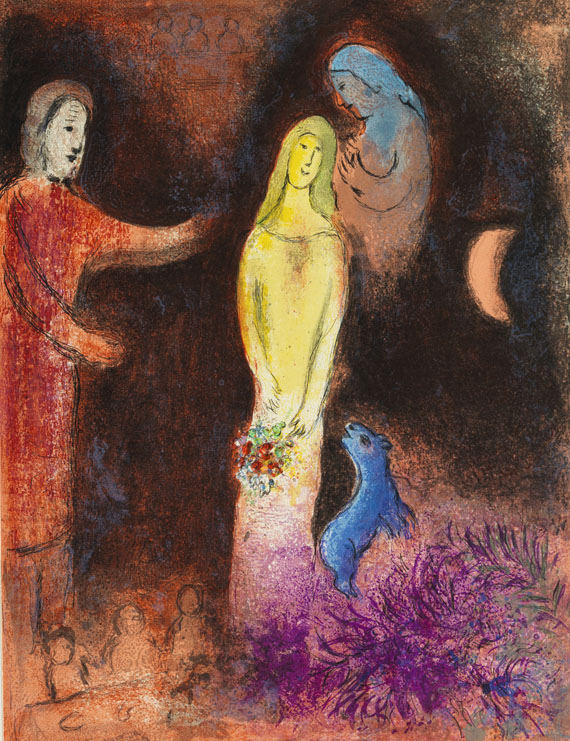Dictionary


Vignette
The term vignette is French and means literally "decoration consisting of grape vines". It is a decorative typographic ornament of varying style and size, used particularly in decorating French books in the 18th century. In general, distinctions are drawn between title-page vignettes, head (fleurons) and tail (culs de lampe) pieces. Engravers such as Charles Eisen, Huber François Gravelot, Jean and Michel Moreau le jeune acquired deserved reputations as masters of the art of vignette engraving with lavish and ingenious designs for flowers, vases, putti and ornaments. Among the most beautiful and aesthetically satisfying examples of the vignette is the 1770 edition of C.J. Dorat's "Les Baisers" featuring vignettes by Charles Eisen. In book illustration, the vignette had appeared by about 1520 in Augsburg und Basel decorating title-pages, placed at the heads of chapters or as the tail-piece in early printed works. The heyday of the vignette was in the 17th and 18th centuries concomitantly with the spread of copperplate engraving. In France Jacques Callot is viewed as a pioneering master of the vignette. In Germany and Switzerland the leading exponents of this art form were F. Oeser, C. Gottlieb Geyer, Salomon Gessner and Johann Wilhelm Meil. The vignette figured prominently in the distinctive and widespread vegetal ornament characteristic of Jugendstil/Art Nouveau.
The term vignette is French and means literally "decoration consisting of grape vines". It is a decorative typographic ornament of varying style and size, used particularly in decorating French books in the 18th century. In general, distinctions are drawn between title-page vignettes, head (fleurons) and tail (culs de lampe) pieces. Engravers such as Charles Eisen, Huber François Gravelot, Jean and Michel Moreau le jeune acquired deserved reputations as masters of the art of vignette engraving with lavish and ingenious designs for flowers, vases, putti and ornaments. Among the most beautiful and aesthetically satisfying examples of the vignette is the 1770 edition of C.J. Dorat's "Les Baisers" featuring vignettes by Charles Eisen. In book illustration, the vignette had appeared by about 1520 in Augsburg und Basel decorating title-pages, placed at the heads of chapters or as the tail-piece in early printed works. The heyday of the vignette was in the 17th and 18th centuries concomitantly with the spread of copperplate engraving. In France Jacques Callot is viewed as a pioneering master of the vignette. In Germany and Switzerland the leading exponents of this art form were F. Oeser, C. Gottlieb Geyer, Salomon Gessner and Johann Wilhelm Meil. The vignette figured prominently in the distinctive and widespread vegetal ornament characteristic of Jugendstil/Art Nouveau.
Offers for World Literature
Headquarters
Joseph-Wild-Str. 18
81829 Munich
Phone: +49 89 55 244-0
Fax: +49 89 55 244-177
info@kettererkunst.de
Louisa von Saucken / Undine Schleifer
Holstenwall 5
20355 Hamburg
Phone: +49 40 37 49 61-0
Fax: +49 40 37 49 61-66
infohamburg@kettererkunst.de
Dr. Simone Wiechers / Nane Schlage
Fasanenstr. 70
10719 Berlin
Phone: +49 30 88 67 53-63
Fax: +49 30 88 67 56-43
infoberlin@kettererkunst.de
Cordula Lichtenberg
Gertrudenstraße 24-28
50667 Cologne
Phone: +49 221 510 908-15
infokoeln@kettererkunst.de
Hessen
Rhineland-Palatinate
Miriam Heß
Phone: +49 62 21 58 80-038
Fax: +49 62 21 58 80-595
infoheidelberg@kettererkunst.de
We will inform you in time.




